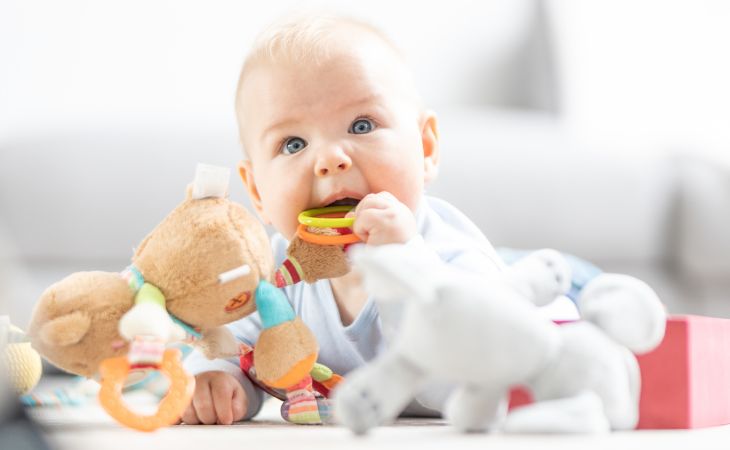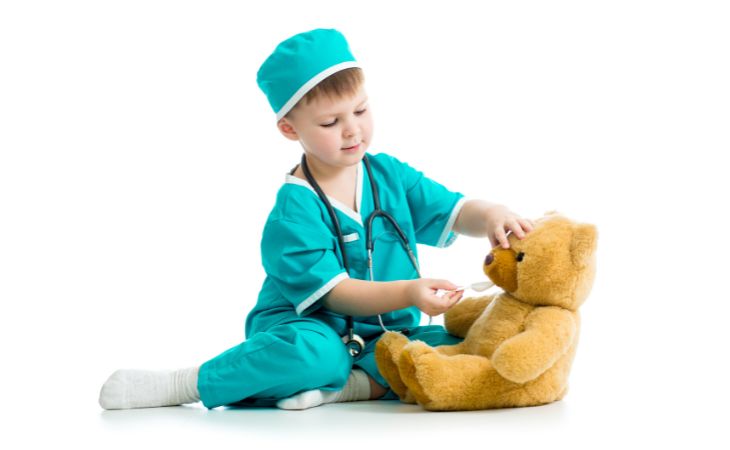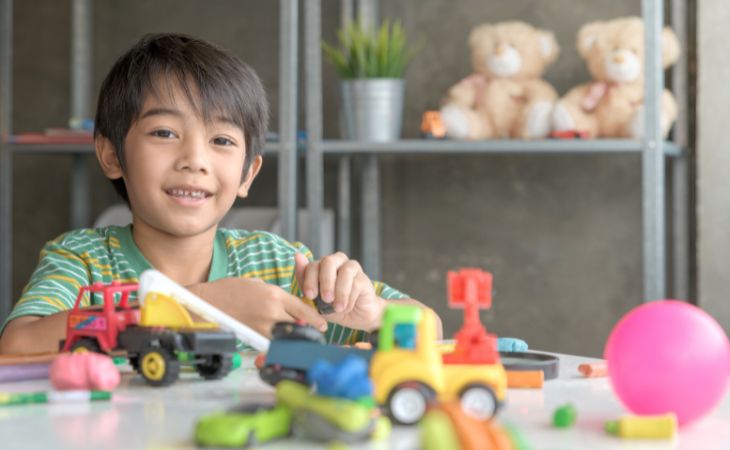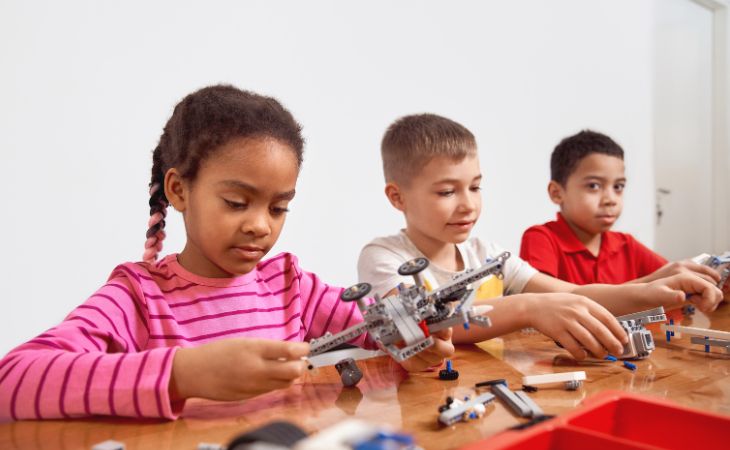
Children love toys, but as parents, when we purchase toys for them, we want to ensure they will play with them for a long time and not get bored after a day. Additionally, it's important that the toy is not only fun but also aids in the child's development and is age-appropriate. While age recommendations are listed on toy packaging, they do not always match the reality or individual development of each child. So, whether you want to buy toys for your children that will truly be worthwhile and suitable for them, or you are looking for a gift for another child and want to make sure it will be used and beneficial, here is our guide to buying children's gifts by age.
In the first three months, the baby can only look at their surroundings, and since their vision is blurred, they see bright colors and items with bold patterns better. "The toys don’t have to be black and white as long as there is a sharp contrast between the colors," says Dr. Nora Newcombe, a developmental psychologist at Temple University in Philadelphia.
As the baby grows, they will need more toys that stimulate their other senses. Many toys encourage interaction, like toys that make sounds when pressed or shaken, or those with textured bumps in different formations. Soft dolls that can be cuddled are also good. Babies at this age often put their toys in their mouths and love teethers that help them deal with the pain of growing teeth.


At this age, children begin to look for more purpose in their games and have the motor skills needed to complete simple puzzles or build block towers. They start enjoying pretend play and mimic the behavior of people around them, so more advanced, sound-making technological toys are now suitable for them.
They will likely still enjoy the toys they liked at one year old, and if you’re looking for a wonderful gift that can keep a child active outside, now is the time to get a ride-on toy. It’s important to ensure that both of the child's feet can be on the ground at all times when riding such a toy.


